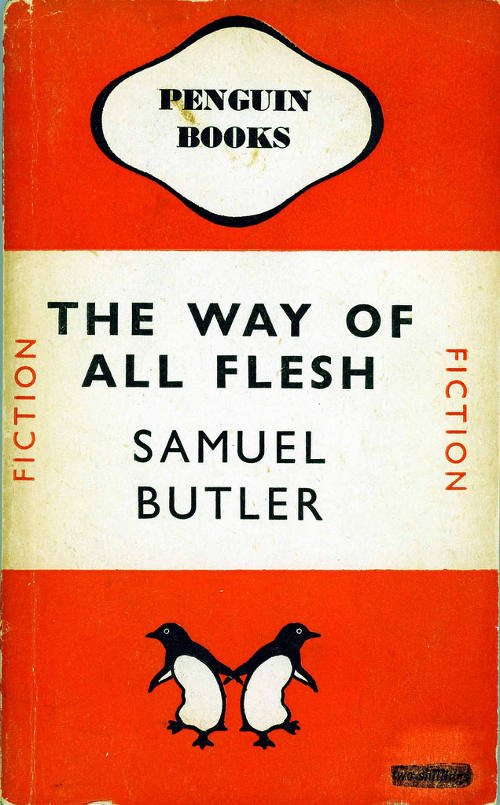
With Look Homeward, Angel, Thomas Wolfe introduced me to the Künstlerroman (German for “artist novel”), and I have been a huge fan of the genre ever since. Some of my favorite novels (eg, The Apprenticeship of Wilhelm Meister, The Way of All Flesh, A Portrait of the Artist as a Young Man) are of the Künstlerroman variety, and I even wrote one of my own.
The Künstlerroman is actually a subgenre of the Bildungsroman. A Bildungsroman is a coming-of-age story, that is, the story’s focus is on the psychological and moral growth of the main character from childhood to adulthood, with maturation as the goal. According to Wikipedia, “The genre often features a main conflict between the main character and society. Typically, the values of society are gradually accepted by the protagonist and he is ultimately accepted into society.”
When the Bildungsroman’s main character is an artist, the work is a Künstlerroman (Goethe’s The Apprenticeship of Wilhelm Meister is considered to be the first of its type). In other words, every Künstlerroman is a Bildungsroman, but not every Bildungsroman is a Künstlerroman.
Sometimes it’s difficult to tell the difference between a Bildungsroman and a Künstlerroman, as illustrated by the list that currently appears on Wikipedia’s Künstlerroman page, but that confusion disappears when you consider the fact that the “artist novel” is a sub-genre of the “coming-of-age novel” and not a separate genre altogether.